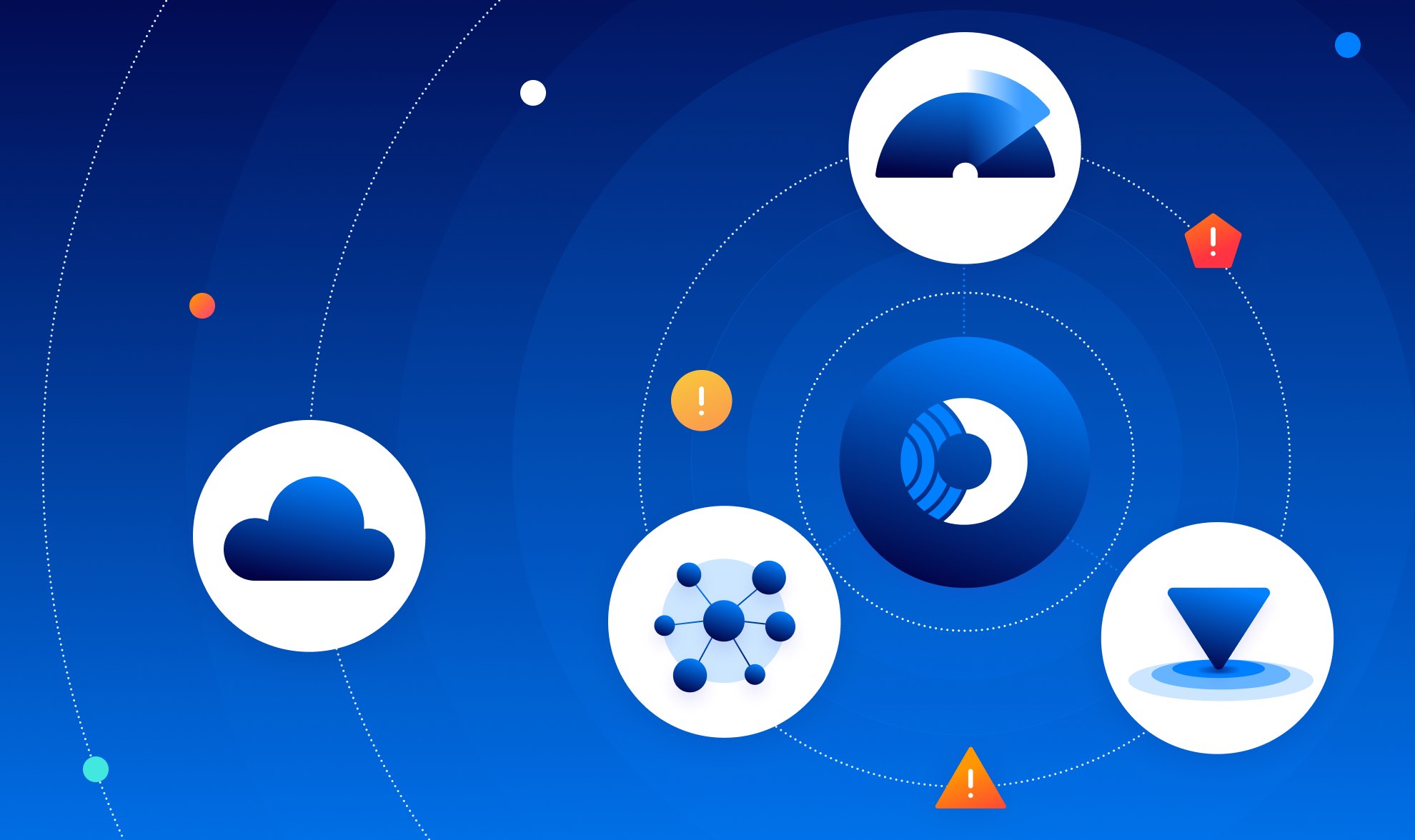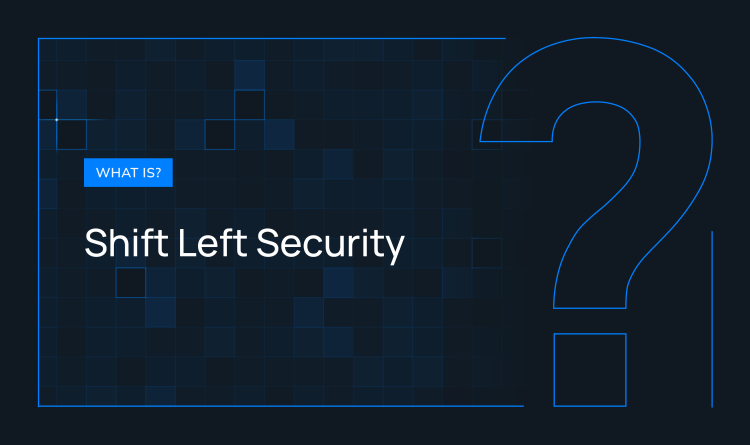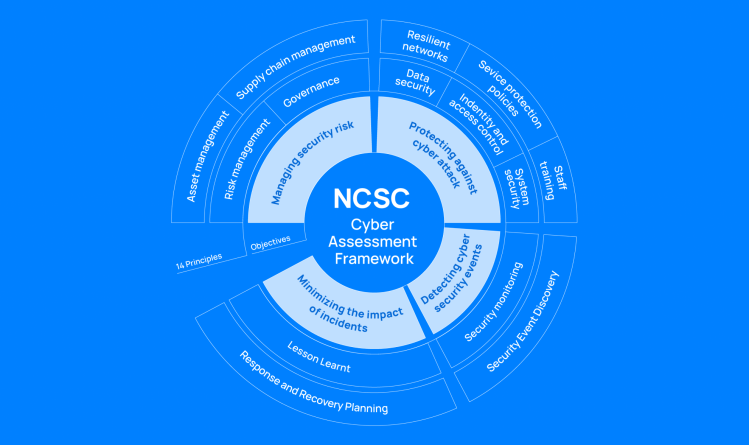Introduction
Cloud security posture management (CSPM) goes beyond conventional posture management as challenges with keeping the cloud secure continue to evolve. For example, cloud infrastructure is made possible by public internet connectivity, which raises the stakes for data exposure and the possibility of data breaches, which are unlikely in private data centers.
As business requirements change, cloud infrastructure must become more sophisticated in order to serve a variety of cloud environments, software applications, computation needs, and storage resources. All of this makes it difficult to maintain visibility and control, identify security risks, fix security vulnerabilities and follow cloud compliance guidelines.
To cope with the realities of managing cloud infrastructure in today’s complicated cybersecurity landscape, organizations use cloud security posture management solutions. According to a study by Gartner, CSPM solutions can minimize the number of cloud security incidents involving misconfigurations by up to 80%.
You can use CSPM solutions to uncover discrepancies between your security posture and regulations in your dynamic cloud environments. This post will discuss how to evolve CSPM for cloud compliance, including strategies like attack path analysis, automated detection and response, context-aware security intelligence, and SideScanning.
Why You Need CSPM to Ensure Cloud Compliance
Risk management and compliance are important aspects of cloud security because they ensure that the organization adheres to all applicable corporate, regulatory, and industry standards. The administration of the cloud’s security posture includes SaaS, IaaS, PaaS, containers, and serverless platforms. This equates to all cloud service providers meeting security goals while offering services and data protection. Many enterprises have used CSPM systems to provide basic and advanced cloud posture mechanisms for ever-changing cloud infrastructures and cloud-based applications.
Other benefits of CSPM solutions include:
- Real-time threat detection: CSPM solutions continuously scan the environment to identify any security flaws in cloud-native deployments. By detecting unauthorized access or activities, businesses can reduce insider risks and prevent cyberattacks.
- Automated remediation: CSPM solutions also include incident response capabilities and automated real-time vulnerability remediation workflows to help prevent security threats from becoming major security incidents.
- Maintaining compliance: CSPM bridges current cloud configuration statuses across cloud environments to security control frameworks or regulatory standards to guarantee that the firm satisfies the appropriate compliance criteria.
- Simplified DevSecOps: CSPM uses streamlined workflows to assist companies in resolving misconfigurations and managing multi-cloud accounts and providers. As a result, there is less friction between security and DevOps teams.
Tactics for Evolving CSPM for Compliance
Shift Left Security
Organizations can dramatically reduce the expense and amount of time that it takes to develop software while enhancing their cloud security posture management by “shifting left.” This technique integrates software security testing into your CI/CD pipelines, from development to production. CSPM helps shift security to the left by detecting threats early in the development process – before they are exploited. Cloud monitoring alone is insufficient for preventing cyberattacks. Thankfully, incorporating shift left security into your CSPM solution can help you automate your DevOps and security processes for early vulnerability patching and risk mitigation.
Orca’s agentless CSPM platform delivers complete Shift Left Security for Infrastructure as Code (IaC) templates and container images from a single platform, ensuring that any vulnerabilities, state secrets, misconfigurations, and malware are detected early in the development process.
Unified Cloud Detection and Response
A robust cloud security posture management workflow will prioritize vulnerability assessment, triage threat response, and automate remediation. This enables comprehensive coverage of all cloud assets as well as a coordinated approach to repair. Existing threat detection solutions are not cloud-ready, and they rely on agents to collect workload telemetry. Unlike siloed security solutions, where tools struggle to unify vulnerability detection, assessment, and eventual response, CSPM evolves security compliance to deliver unified cloud environment awareness.
Orca CSPM is well-known for its ability to deliver 100% frictionless coverage of cloud inventory assets for aggregated, smart threat detection and response from a single dashboard pane. Thanks to its agentless design, it can scan the entire cloud attack surface (including workloads, cloud settings, identities, and events) and identify any blind spots.
Attack Path Analysis
Knowing where a vulnerability originates helps produce a faster response, which is crucial for managing your cloud security posture. Enabling attack path analysis in your CSPM helps your cloud teams to identify misconfigurations that could lead to lateral movement paths that endanger high-value assets. CSPM can follow important and susceptible channels inside the network using visual graphs, providing a detailed view of assets and risks. Critical path analysis also enables teams to retrace an attacker’s path and identify potential entry points into the internal network, which provides context for effective risk mitigation in cloud environments.
Context-Aware Security Intelligence
CSPM is your go-to solution for alert fatigue, since it makes use of precise context-aware security intelligence. With the help of context-aware security intelligence, your CSPM solution can scan all potential attack vectors and efficiently rank risks and threats from across your whole cloud estate based on their seriousness. Security professionals have developed alert fatigue because they have had to waste time by manually correlating enormous volumes of low-risk alert data from multiple security solutions. They are also more likely to miss key risks due to a lack of contextual awareness about which threats endanger the business and which ones can wait.
SideScanning
Cloud security compliance can be attained by continuously monitoring and scanning applications and cloud assets using Orca’s new SideScanning technology. SideScanning is a revolutionary technique that detects data breaches by passively scanning the network perimeter for suspicious behavior. Its goal is to provide a unified view of the network’s endpoints, servers, and infrastructure components, thereby evolving standard network perimeter security.
Organizations can use SideScanning technology to achieve near real-time security analysis of their cloud workloads with no performance overhead. The workload’s file system—including the OS, apps, and data—is simultaneously secured with read-only virtual access, which eliminates the need for several tools to carry out cloud vulnerability monitoring.
Conclusion
Cloud security posture management tools will benefit any company that wants to scale its cloud compliance. CSPM provides businesses with a secure baseline from which they can regularly analyze the health of their cloud assets and mitigate any causes for concern. However, this falls short when cloud architecture becomes more complex. Organizations must advance their CSPM features by introducing SideScanning, shifting security to the left, undertaking attack path analysis, automating threat detection and response, and employing AI-driven, context-based security.
Fortunately, the Orca Platform can provide these advanced CSPM capabilities. Orca’s agentless cloud security product is used to accomplish three major goals: managing multi-cloud systems, demonstrating regulatory cloud compliance, and performing security due diligence. Do you want to find out how you can evolve your cloud security posture management using the Orca Cloud Security Platform? Read the case studies to see how Orca benefits our customers, or watch a demo to witness Orca in action. You can also sign up for a free, no-obligation risk assessment to get started.
Further Reading
Learn more about managing your cloud security compliance and infrastructure.




